Do You Need?
Sewing is a timeless craft that has been practiced by humans since the Neolithic Age. Over the years, it has evolved into a popular hobby and even a career for many people. Whether you’re a beginner or an experienced seamstress, having the right sewing supplies is crucial for creating beautiful and professional-looking projects.
1. Sewing Machine
The most essential sewing supply is, of course, a sewing machine. While hand sewing can also create stunning garments, a sewing machine can save you time and produce more consistent results. When choosing a sewing machine, consider your sewing needs and budget. There are many different types of sewing machines available – from basic models to computerized ones with advanced features like automatic needle threading and buttonhole stitching.
2. Thread
Thread is the backbone of any sewing project. It’s what holds your fabric pieces together and creates beautiful stitches. There are different types of thread available, such as cotton, polyester, and silk. Each type of thread has its unique properties, so it’s important to choose the right one for your project. For instance, cotton thread is ideal for quilting, while polyester thread is more suited for sewing garments.
3. Scissors
A good pair of scissors is a must-have for any sewist. Fabric scissors, also known as dressmaking shears, are specially designed to cut fabric without fraying or damaging it. These scissors have a longer blade for smooth and precise cutting. It’s essential to keep your fabric scissors separate from other scissors and only use them for cutting fabric to maintain their sharpness.
4. Pins and Needles
Pins and needles are small but crucial sewing supplies. Pins are used to hold fabric pieces together before stitching, while needles are used to sew the fabric pieces together. While regular sewing needles are suitable for most projects, a more substantial needle, such as a leather needle, is needed for sewing thick materials like leather and denim.
5. Measuring Tools
Accuracy is key in sewing, and that’s where measuring tools come in. A flexible measuring tape is used to measure body measurements for garment making, while a clear ruler is used for measuring and marking fabric for accurate cutting. A seam gauge is also essential for measuring and marking hems, seam allowances, and button placements.
6. Iron and Ironing Board
Ironing is a crucial step in sewing to ensure that your finished project looks polished and professional. A steam iron and a sturdy ironing board are both necessary tools to have. Pressing seams and hems as you sew will make a significant difference in the overall look and quality of your project.
7. Seam Ripper
No matter how experienced you are, mistakes can happen while sewing. That’s where a seam ripper comes in handy. It’s a small tool with a sharp blade used to quickly and easily remove stitches without damaging the fabric. Having a seam ripper on hand will save you time and frustration when you need to fix a mistake.
8. Fabric Marking Tools
Marking tools are essential for transferring pattern markings, making alterations, and adding design details. Tailor’s chalk, washable fabric markers, and tracing paper are all commonly used fabric marking tools. Choose the one that works best for your fabric and project.
These are just some of the basic sewing supplies that every sewist needs to have. Of course, there are many more tools and accessories that you can add to your collection as you progress in your sewing journey. Don’t be afraid to try new tools and techniques – that’s how you’ll continue to improve your sewing skills and create beautiful projects. Happy sewing!
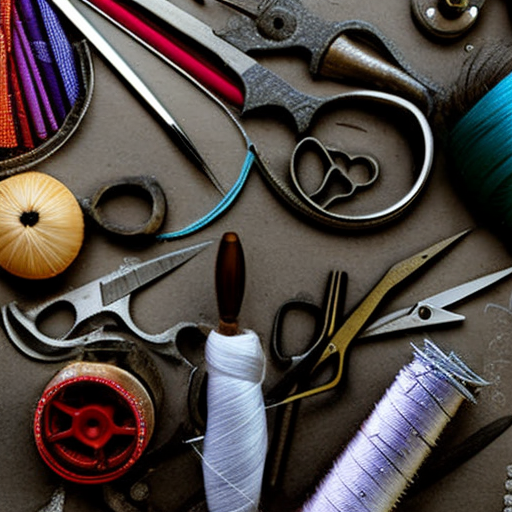
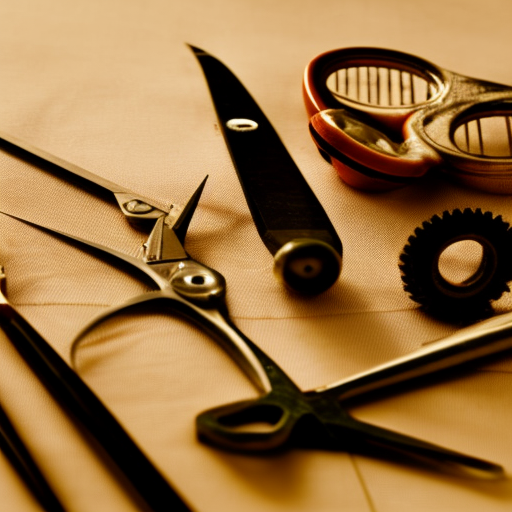
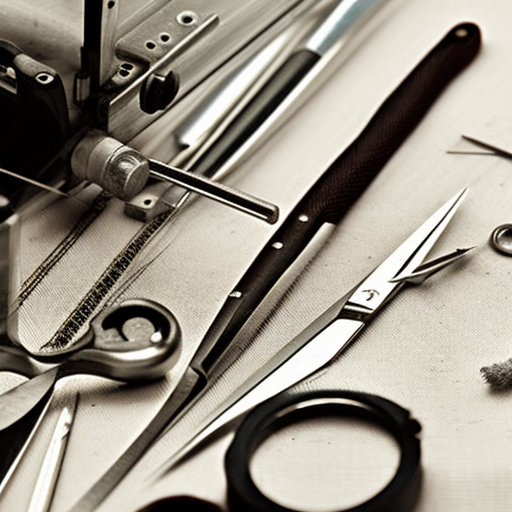
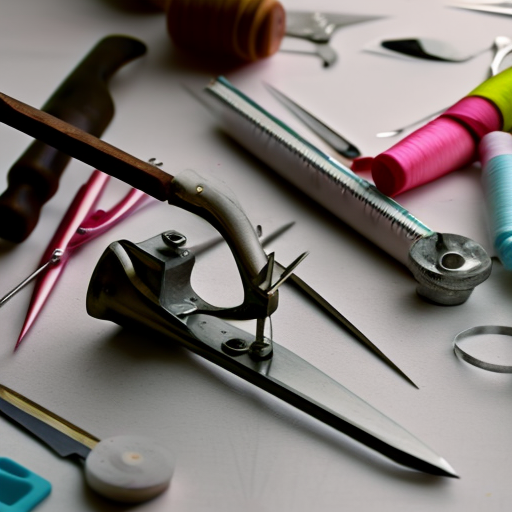
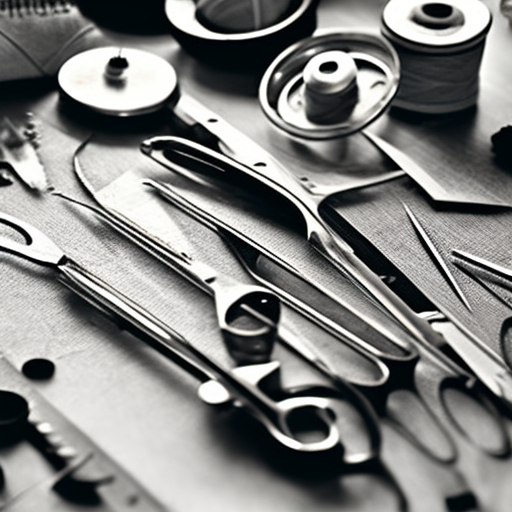
“This is a great post for anyone wanting to get started with sewing!”
A great read for anyone interested in learning the basics of sewing or looking to expand their sewing skill set – perfect for beginners or experts alike!